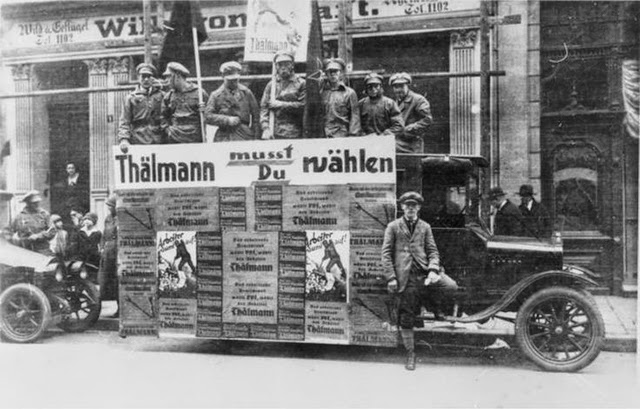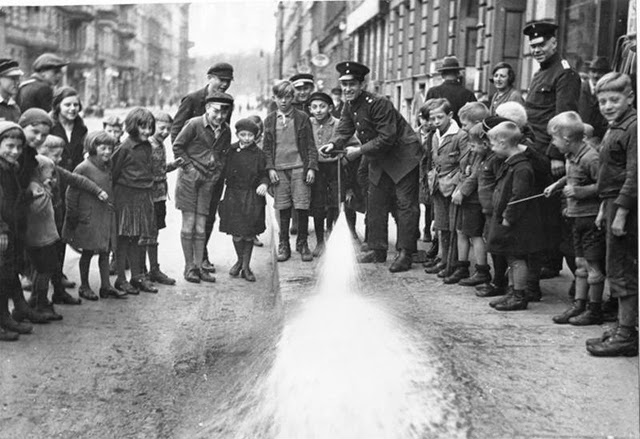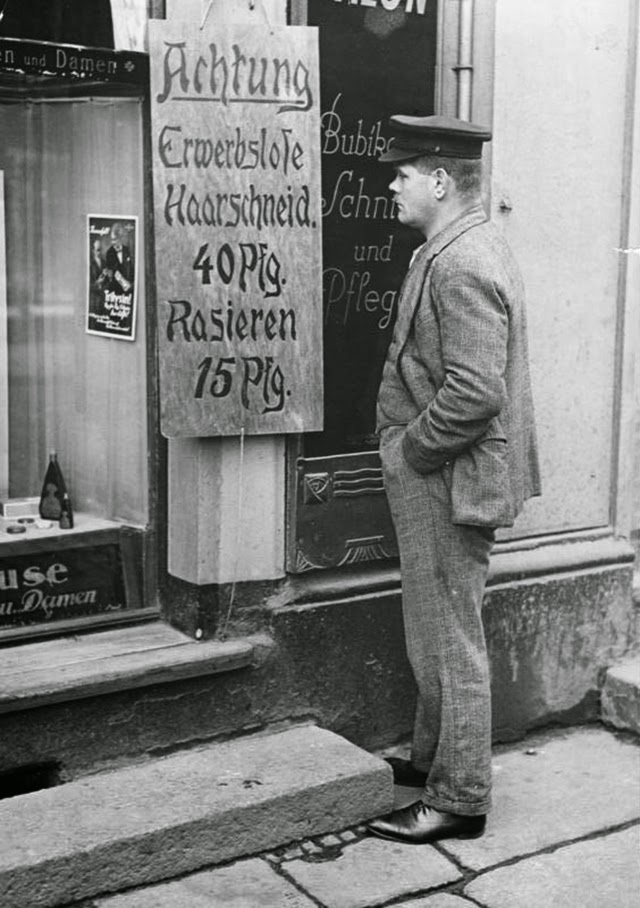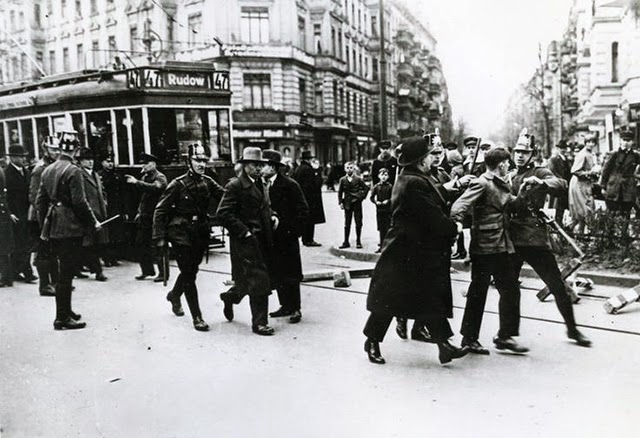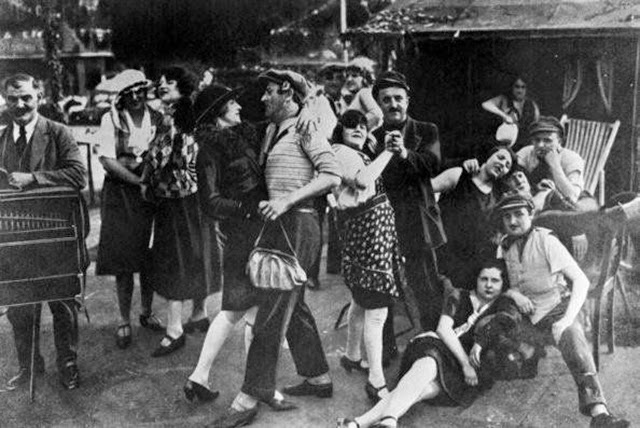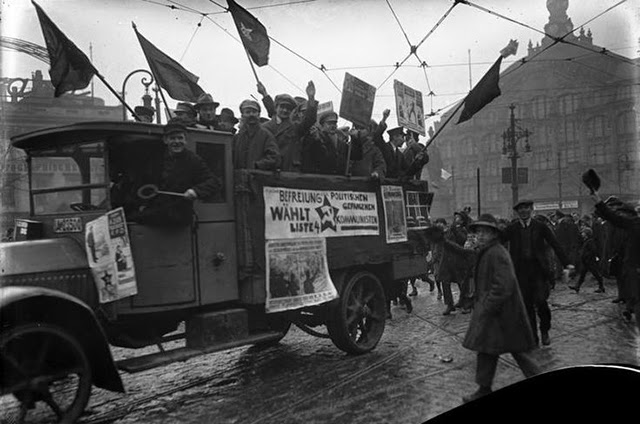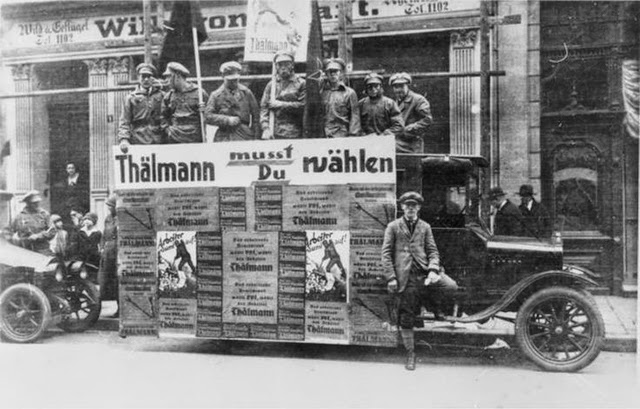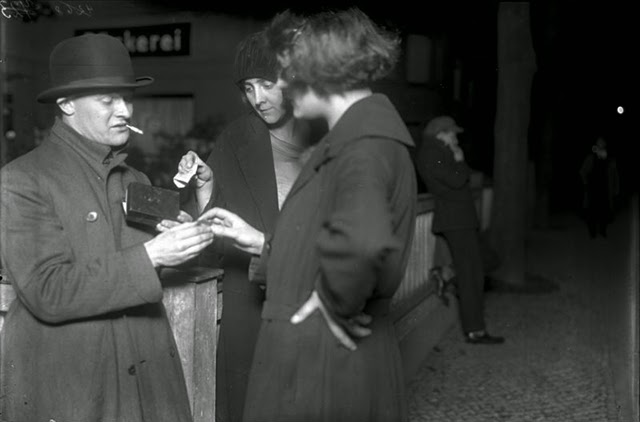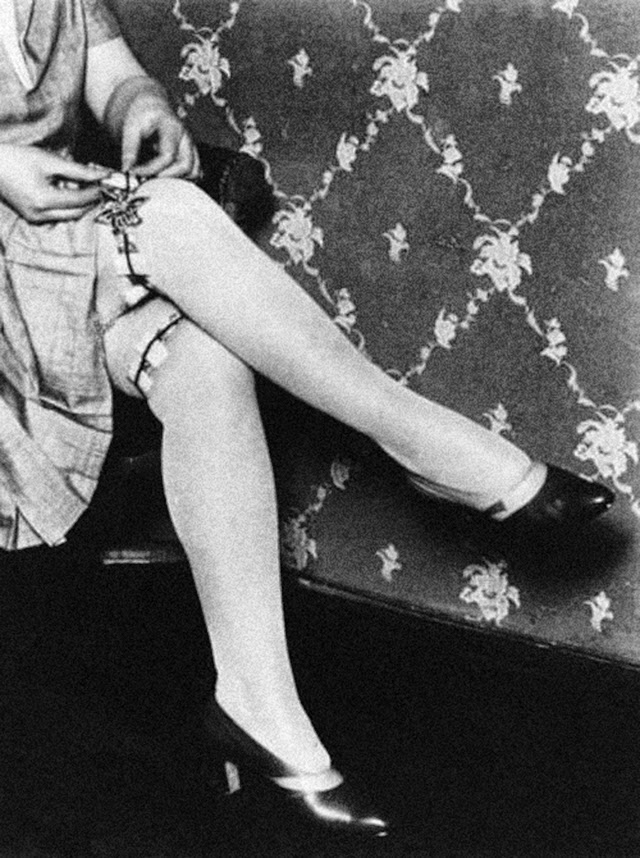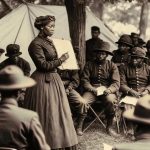The Golden Twenties in Berlin was a vibrant period in the history of Berlin, Germany, Europe, and the world. After the Greater Berlin Act, the city became the third-largest municipality in the world.
Berlin thrived as a major world city and was renowned for its leadership in science, the humanities, music, film, higher education, government, diplomacy, industries, and military affairs. The city was a hub of innovation and cultural richness.
These 30 amazing vintage photographs below will show the daily life of Berlin during the 1920s. Each image offers a glimpse into the bustling streets, diverse communities, and lively atmosphere that defined this remarkable era.
Cultural and Intellectual Flourishing

Berlin in the 1920s was a city of stark social contrasts. Many residents struggled with high unemployment and deprivation following World War I. Meanwhile, the upper class and an emerging middle class rediscovered prosperity, transforming Berlin into a cosmopolitan city.
During this decade, Berlin emerged as the intellectual and creative center of Europe. The city pioneered modern movements in literature, theatre, and the arts, and made significant strides in psychoanalysis, sociology, and science.
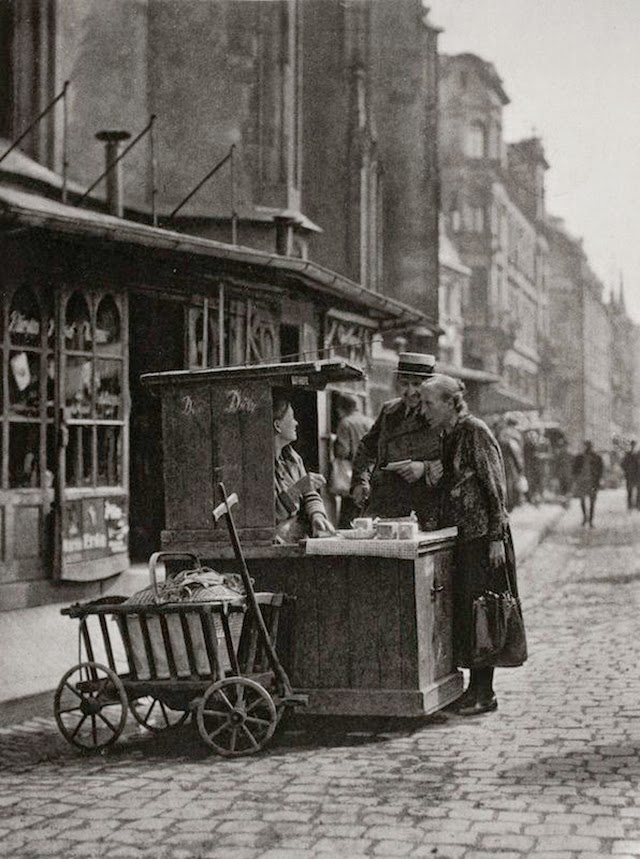
This era, known as the ‘Weimar Renaissance’ or Germany’s ‘Golden Years,’ saw cultural and intellectual life flourish despite economic and political difficulties.
Notable artists and intellectuals gathered at the Romanisches Café on Kurfürstendamm. Figures like Bertolt Brecht, Otto Dix, and Max Liebermann were regulars.
In 1926, Josephine Baker introduced the Charleston dance sensation to Germany with her performance at the Nelson Theatre. In 1928, Brecht’s “Threepenny Opera,” which premiered at the Theater am Schiffbauerdamm, gained international acclaim.
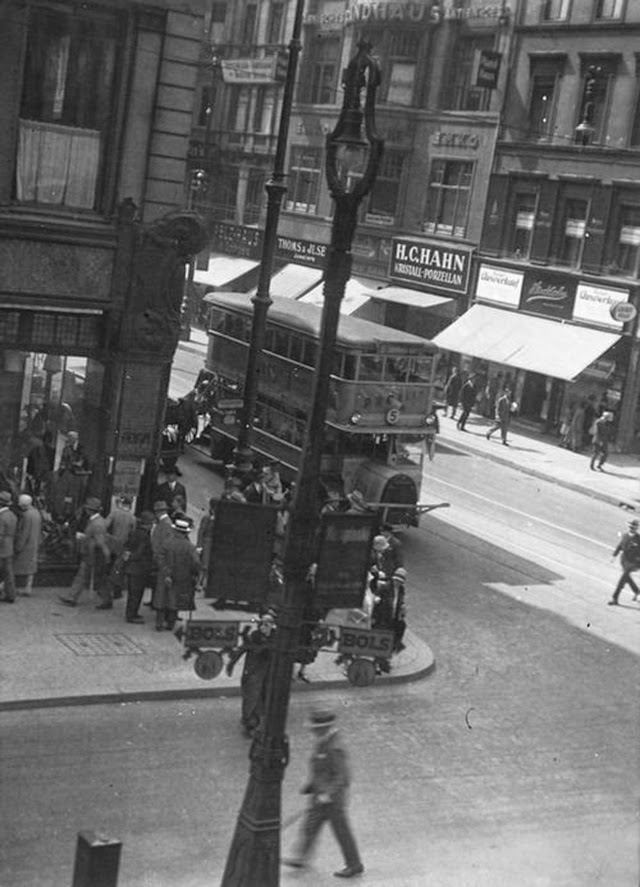
The city was also a center for literature, film, painting, music, criticism, philosophy, psychology, and fashion. This period saw the rise of German Expressionism in film, with works like Lang’s “Metropolis” (1927) and Dietrich’s “Der blaue Engel” (1930).
Additionally, astrology, the occult, and esoteric religions gained mainstream popularity.
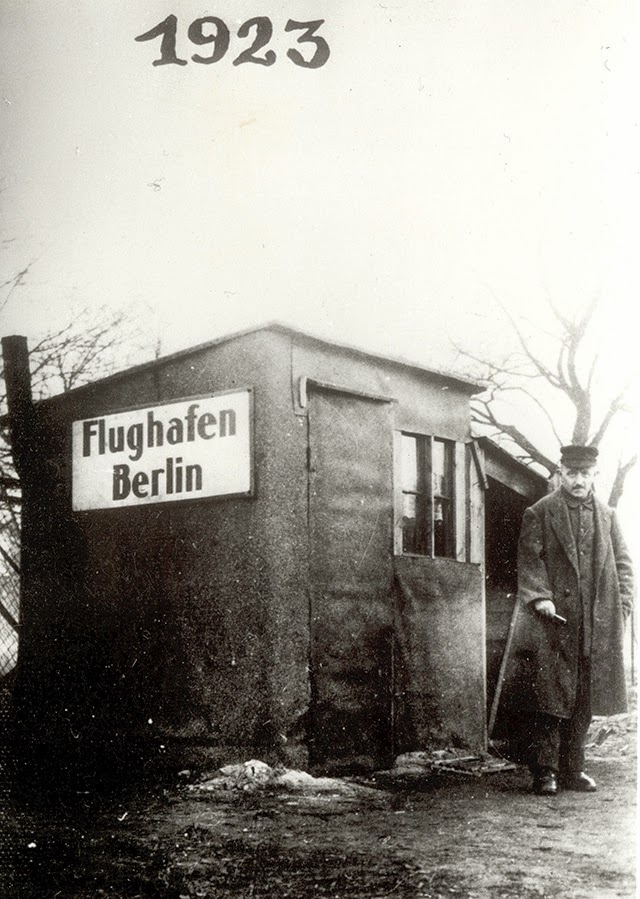
The University of Berlin, now Humboldt University of Berlin, became a significant intellectual center. The sciences were particularly emphasized, with Albert Einstein rising to fame during his years in Berlin.
He was awarded the Nobel Prize for Physics in 1921 and served as director of the Kaiser Wilhelm Institute for Physics, leaving only when the anti-Semitic Nazi Party came to power.
Infrastructure and Technological Advancements
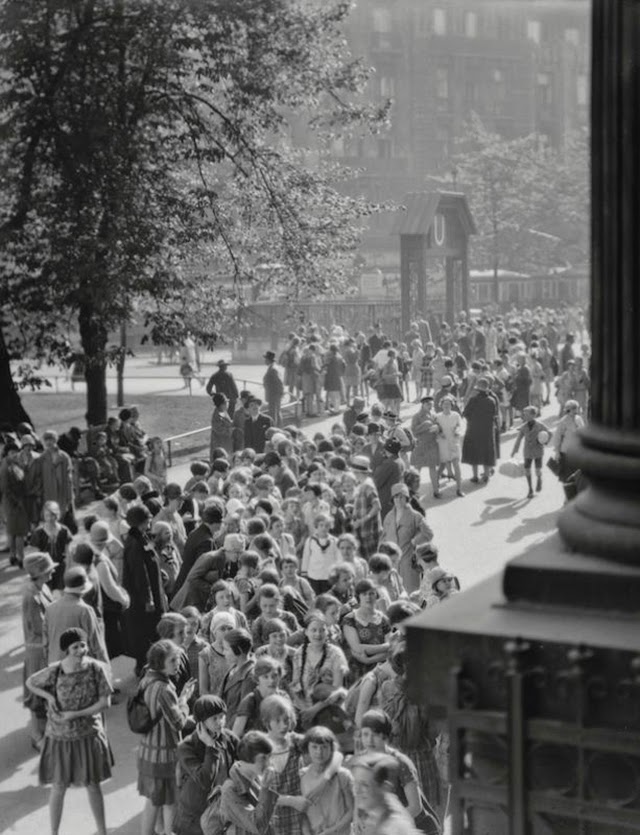
Alongside the boom in Berlin’s nightlife with entertainment shows and music halls, the city also made significant progress during the day. Berlin’s innovative culture extended to architecture and design, notably with the Bauhaus movement from 1919 to 1933.
In 1921, the AVUS (Automobile Traffic and Practice Course) autobahn, a world first, was built through the Grunewald forest. This groundbreaking infrastructure project marked Berlin as a leader in automotive innovation.
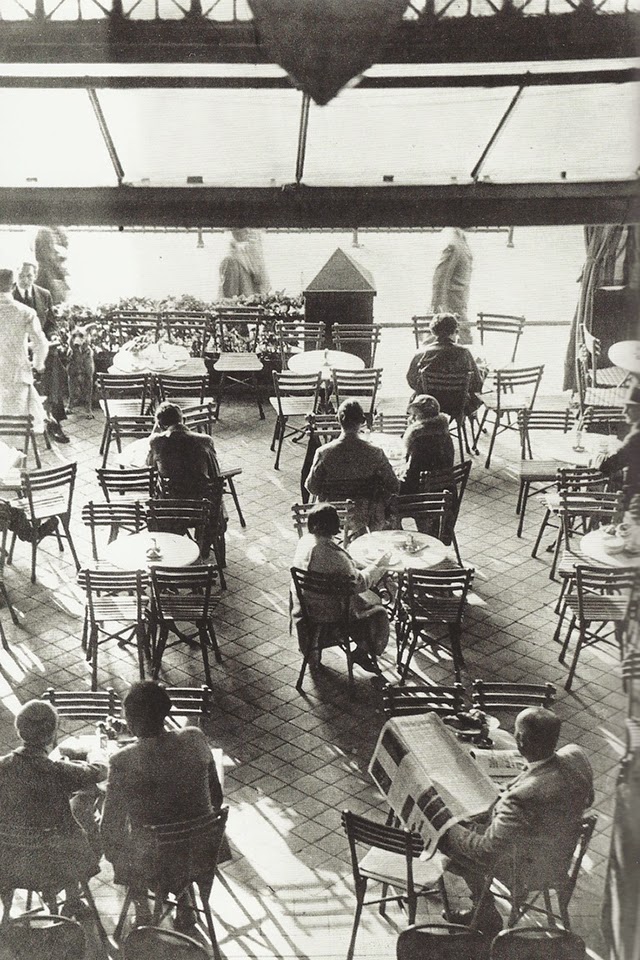
In 1923, Tempelhof Airport opened, enhancing Berlin’s connectivity and solidifying its status as a major transportation hub. This development was crucial for both commercial and passenger aviation in the city.
By 1926, the Funkturm (Radio Tower) was opened to the public during the Third Radio Exhibition. This event showcased Berlin’s advancements in communication technology and attracted significant attention.
That same year, Berlin hosted its first “Green Week” trade fair, which drew an impressive 50,000 visitors. This event highlighted Berlin’s agricultural and trade capabilities, further establishing the city’s economic prominence.
Political Turmoil and Clashes
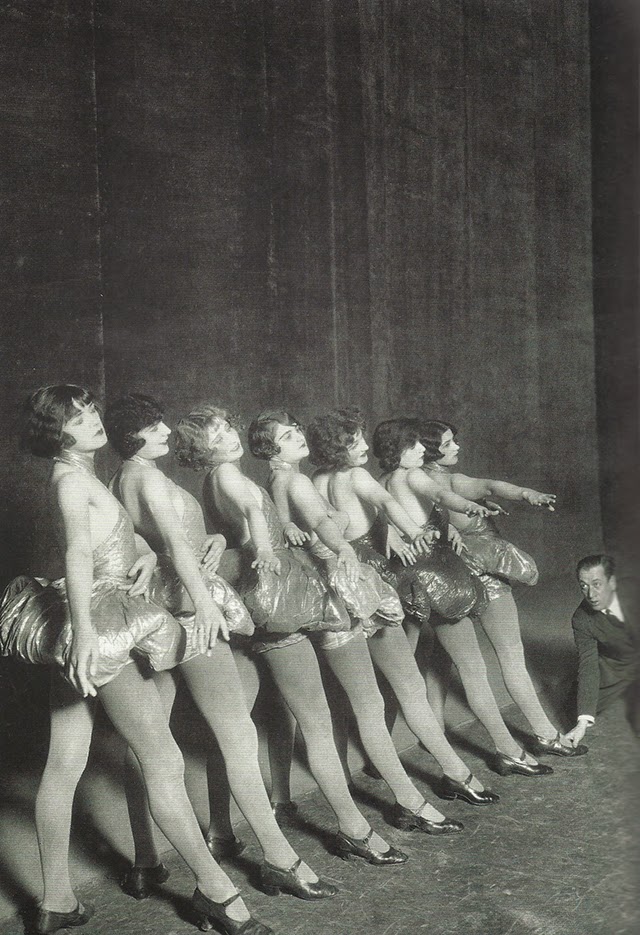
Politically, Berlin was known as a left-wing stronghold. The Nazis even referred to it as “the reddest city [in Europe] after Moscow.” This reputation highlighted the intense political climate of the time.
In the autumn of 1926, Nazi propagandist Joseph Goebbels became the party’s “Gauleiter” for Berlin. Within a week of taking charge, he organized a march through a communist-sympathizing area, which quickly escalated into a street riot.
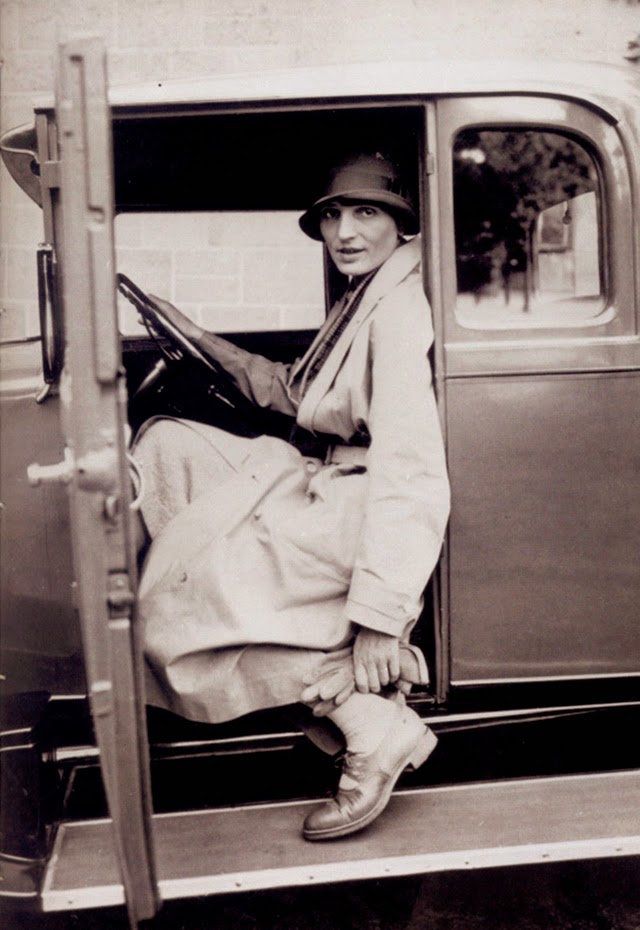
The communists, using the motto “Beat the fascists wherever you encounter them!” had their own paramilitary group called the Roter Frontkämpferbund. This group frequently clashed with the Nazis’ Sturmabteilung (SA), leading to violent confrontations.
One such confrontation occurred in February 1927 during a Nazi meeting in the “Red” stronghold of Wedding. The meeting turned into a violent brawl with “beer glasses, chairs, and tables flying through the hall, leaving severely injured people lying covered with blood on the floor.”
Despite the chaos and injuries, Goebbels saw it as a triumph as his followers managed to drive out about 200 communists from the hall.
Rise of Crime and Prostitution
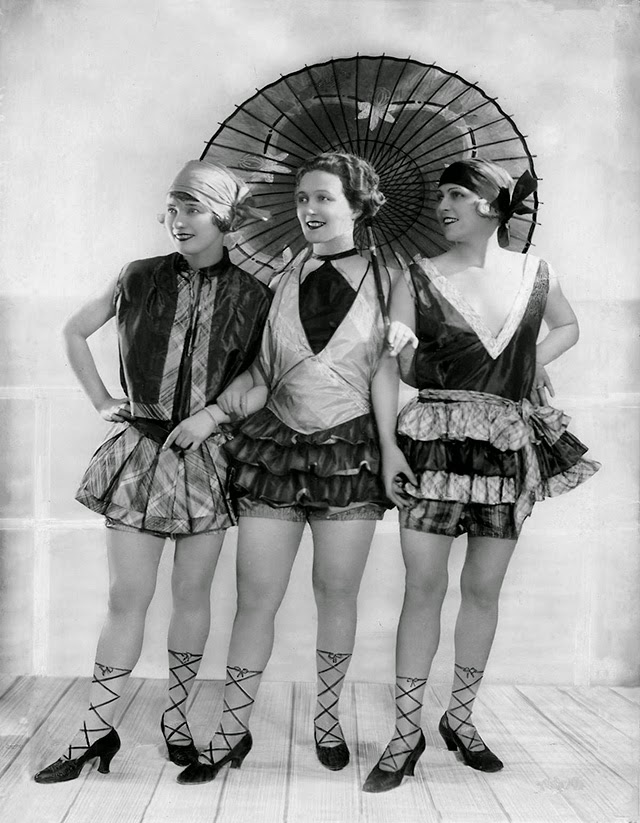
Prostitution surged in Berlin and other European areas devastated by World War I. Desperate women, and sometimes men, turned to this means of survival, which became somewhat normalized in the 1920s.
During the war, venereal diseases like syphilis and gonorrhea spread rapidly, prompting government intervention. Soldiers at the front contracted these diseases from prostitutes.
In response, the German army approved certain brothels, inspected by military doctors, and issued soldiers coupon books for services at these establishments. Homosexual behavior was also noted among soldiers, leading to a shift in sexual attitudes upon their return to Berlin.
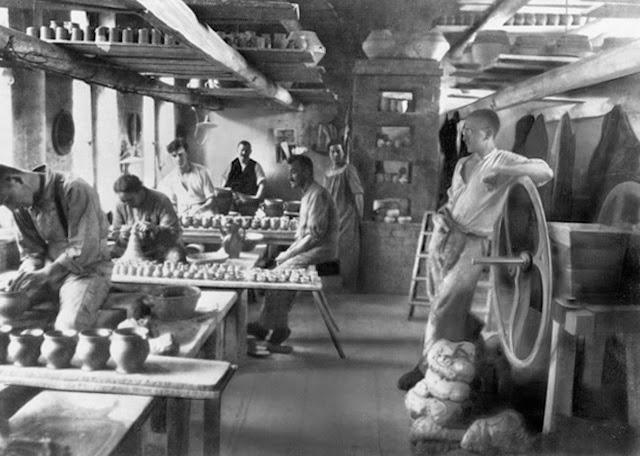
Respectable Berliners frowned upon prostitution, but it became entrenched in the city’s underground economy and culture. Crime evolved alongside prostitution, starting with petty thefts driven by post-war survival needs.
Berlin eventually earned a reputation as a drug-dealing hub, dealing in cocaine, heroin, and tranquilizers, and supporting a thriving black market. The police identified 62 organized criminal gangs, known as Ringvereine, operating within the city.
Sexual Liberalism and Nightlife
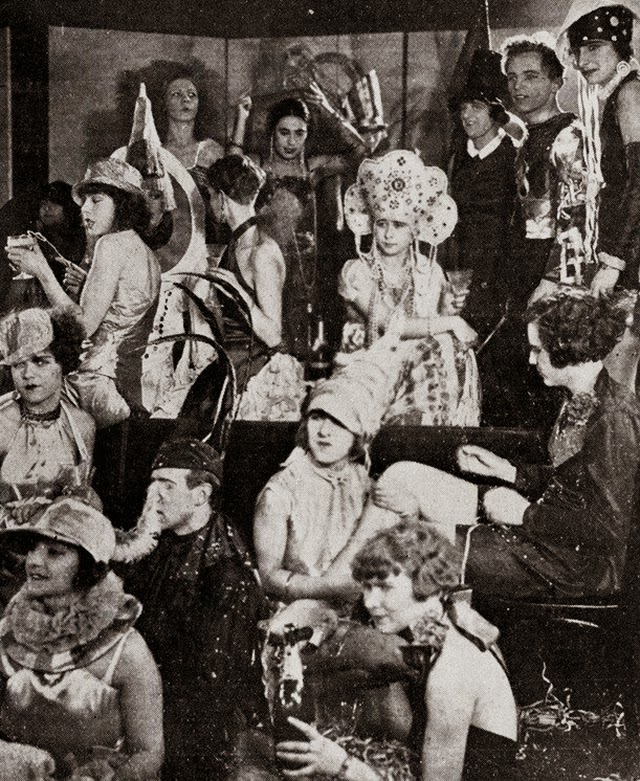
The German public became fascinated with reports of homicides, particularly “lust murders” or Lustmord. Publishers capitalized on this interest by producing inexpensive criminal novels called Krimi.
These novels, similar to film noir classics like “M,” delved into scientific detection methods and psychosexual analysis.
Berlin’s culture shocked many visitors with its new tolerance for behaviors that were still illegal and deemed immoral by much of society.
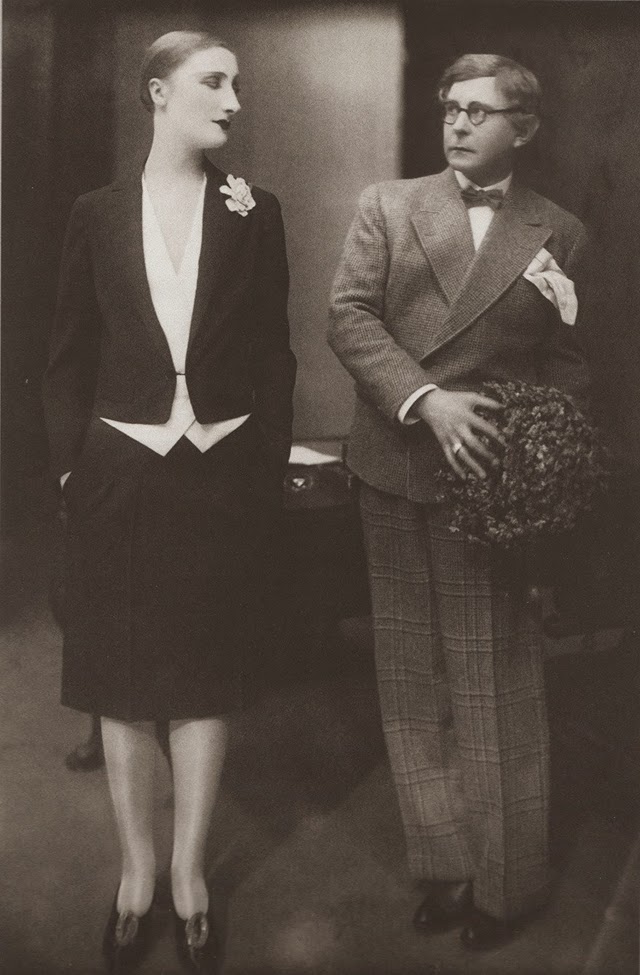
Thrill-seekers flocked to the city, drawn by its reputation for adventure. Booksellers profited by selling numerous guidebooks to Berlin’s erotic night entertainment venues.
The city was home to an estimated 500 such establishments, which included a variety of homosexual venues for men and women. Some venues admitted transvestites of one or both genders, while at least five were exclusively for a transvestite clientele. Berlin also boasted several nudist venues.
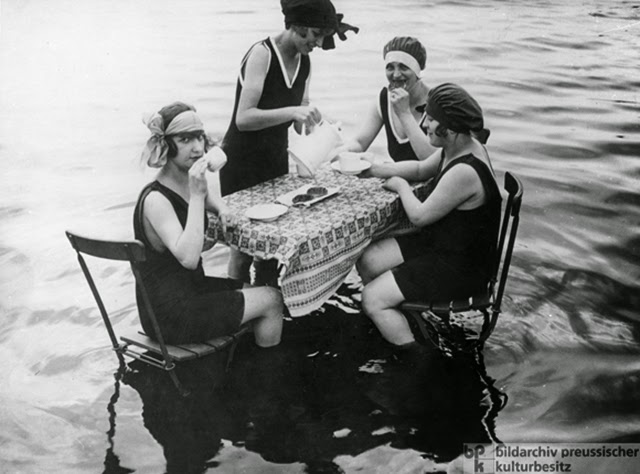
Additionally, Berlin housed a museum of sexuality during the Weimar period, located at Dr. Magnus Hirschfeld’s Institute of Sexology. This institution played a significant role in studying and promoting sexual education and reform.
Amazing Vintage Photos That Capture Everyday Life in Berlin 1920s
1. Berlin ca. 1925
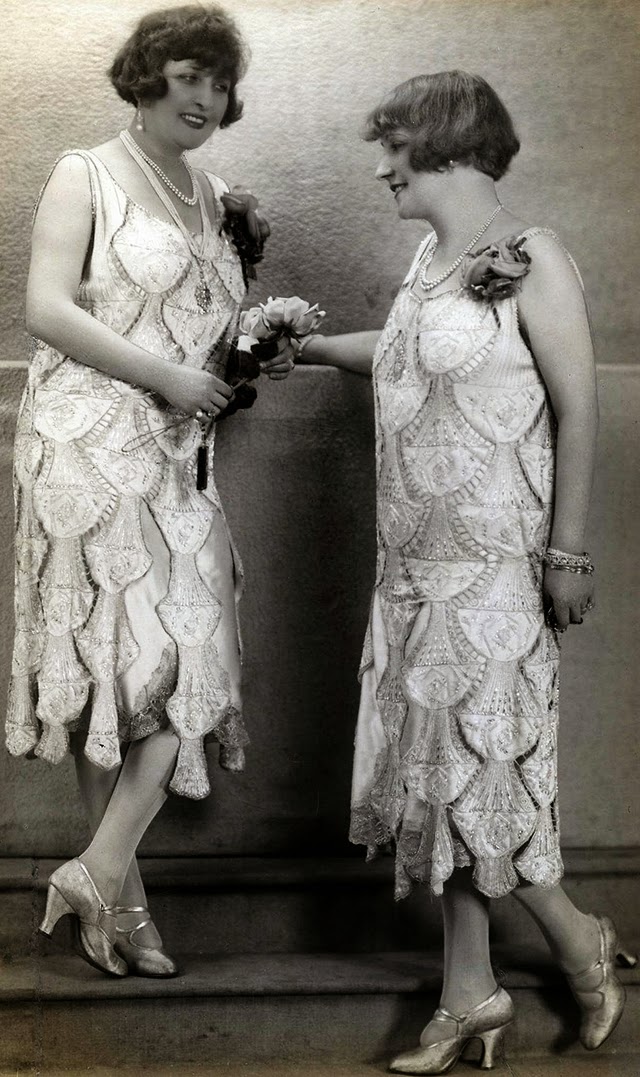
2. Children on Berlin street, 1925
3. People in Berlin, 1925
4. Rush hour, Berlin, 1927
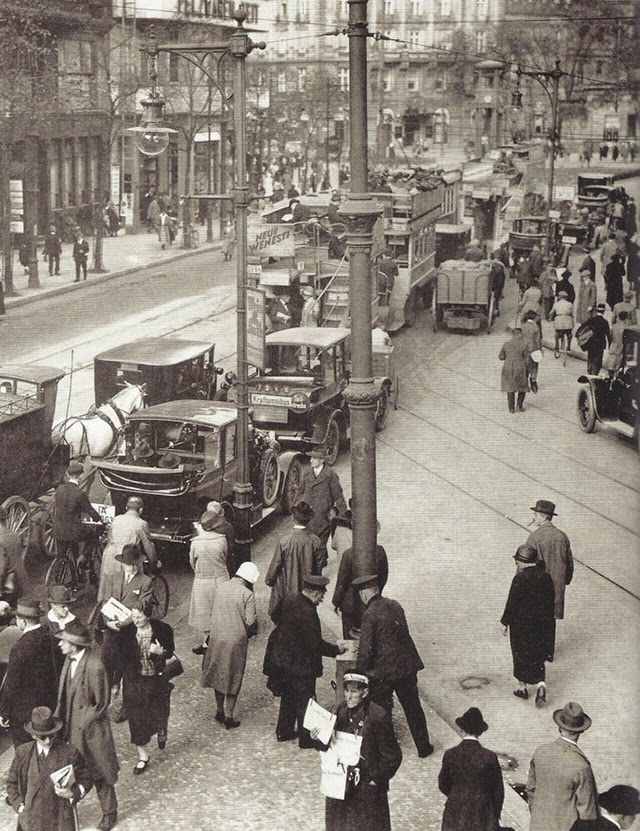
5. Fun at the Wannsee, Berlin, 1925

6. Cabaret dancers, 1927
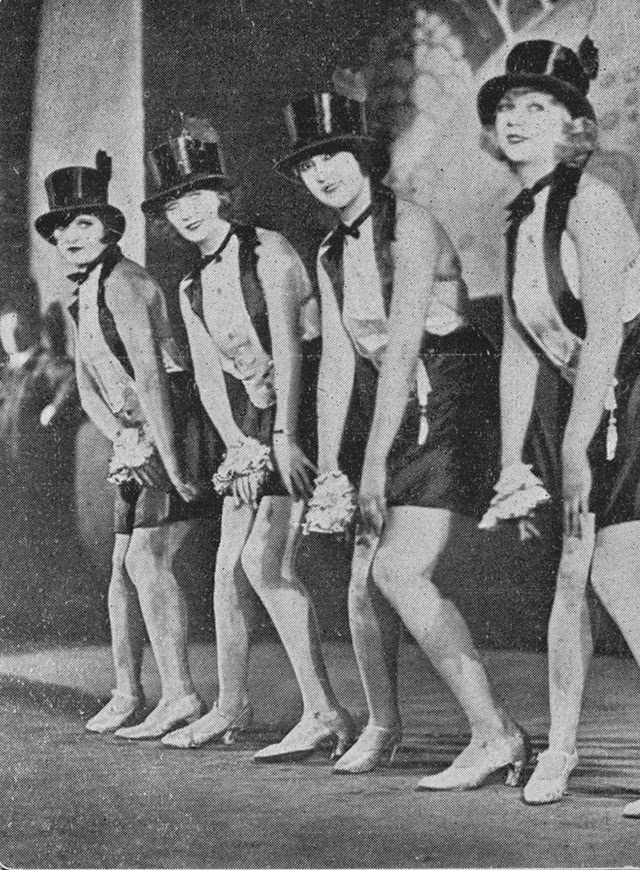
7. Sign on a barbershop announcing special prices for the unemployed, 1927
8. “Blutmai” in Berlin, 1929. Arrest after a street fight
9. From 1924 to 1929, between the end of hyperinflation and the stock market crash
10. Recalcitrance, Berlin, 1926
11. The election Sunday in Berlin, which was operated with great propaganda acts by any party from. Propaganda cars of the Communist Party when crossing the Alexanderplatz. Berlin, 1924
12. Karl-Liebknecht-Haus, the KPD’s headquarters from 1926 to 1933
13. Archive election campaign of the Communist Party in food at the presidential election in March 1925
14. Cocaine dealer “Koks Emil” on the streets in Berlin, 1929
15. Schauspielhaus in Berlin, 1925
16. Hiding cocaine, Berlin, 1925
17. Archive election campaign of the Communist Party in food at the presidential election in March 1925
